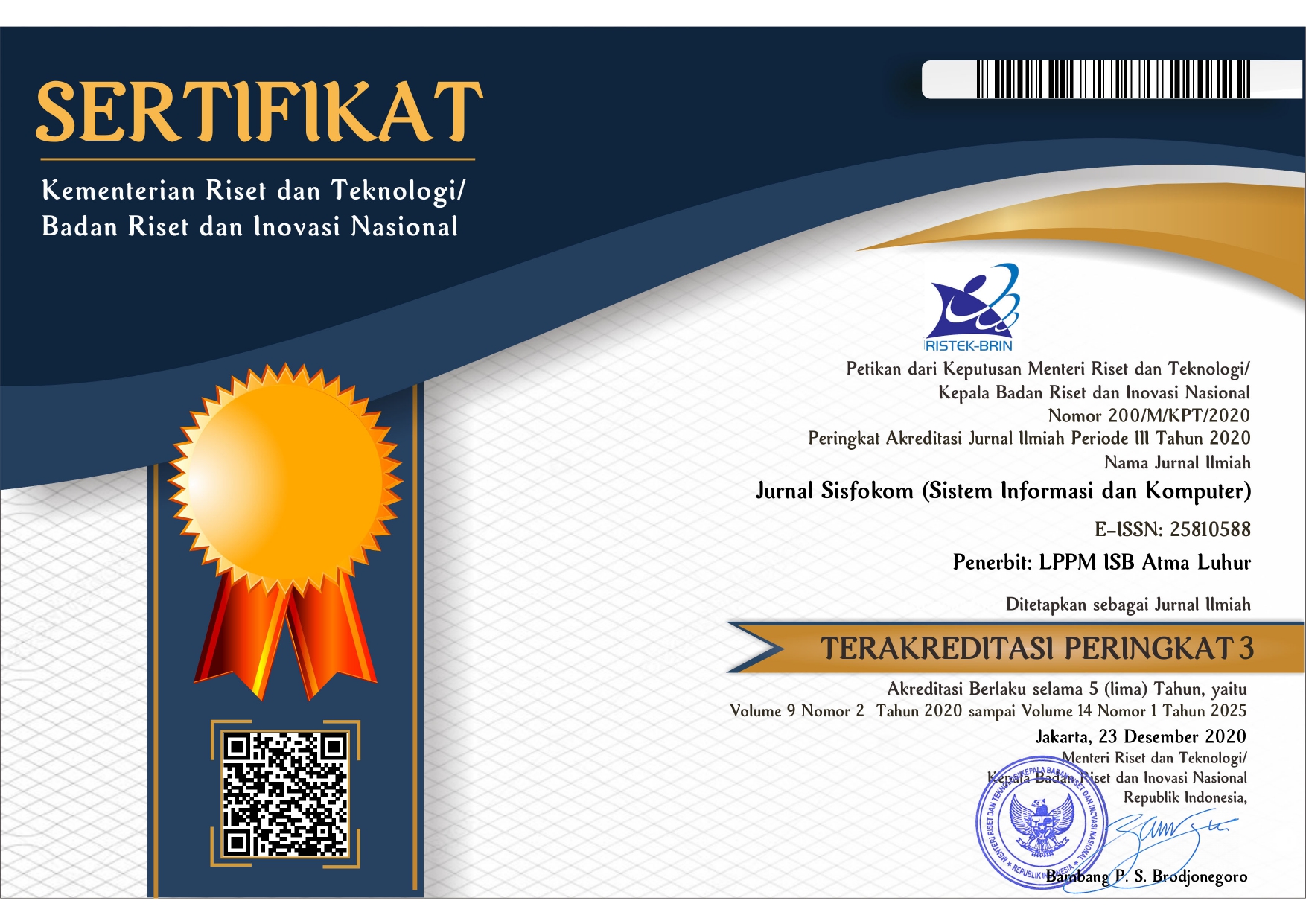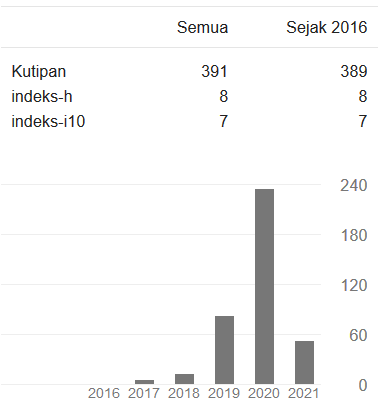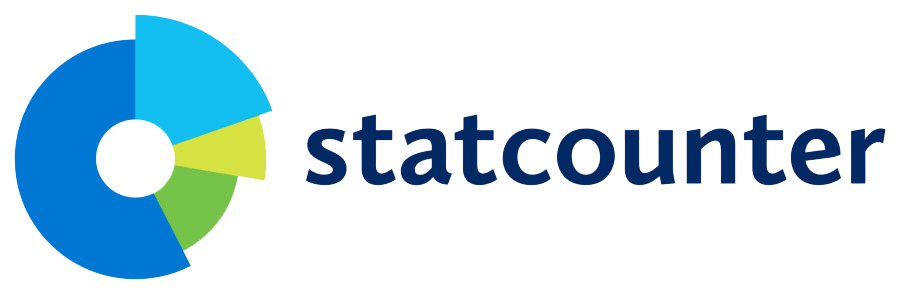Technology Adoption Segmentation of MSMEs in Border Areas using TRI and Hierarchical Clustering
DOI:
https://doi.org/10.32736/sisfokom.v14i3.2398Keywords:
Border Areas, Clustering, Micro Small and Medium Enterprises (MSME), Technology ReadinessAbstract
Micro, Small, and Medium Enterprises (MSMEs) in border areas such as Nunukan-Sebatik often face challenges in adopting modern technologies, which hinder their growth and competitiveness. This study employs a segmentation approach using agglomerative hierarchical clustering based on the Technology Readiness Index (TRI) to segment MSMEs in border areas and develop targeted strategies to accelerate technology adoption. A hierarchical clustering technique is applied to segment MSMEs according to their technology readiness levels. Data on technology readiness were collected through surveys, and the clustering results were analyzed to identify distinct MSME groups. The TRI score was 3.72, indicating a high level of technology readiness, which suggests that many MSMEs are open to technological innovation into their daily operations. The results also reveal that MSMEs in Nunukan-Sebatik can be grouped into two clusters based on hierarchical clustering: Cluster 1, which consists of MSMEs that are more prepared and optimistic about technology adoption, and Cluster 2, which faces significant challenges. These findings highlight a digital readiness gap among MSMEs, where only a tiny portion (Cluster 1) is fully prepared, while the majority (Cluster 2) still encounters barriers to adoption.References
V. Rini Hapsari, Y. Erbito, I. Shanti Bhuana, T. Informasi, and A. Manajemen Bumi Sebalo, “Digital Business As An Effort To Increase Income For Msmes In Border Areas,” Jurnal Info Sains : Informatika dan Sains, vol. 13, 2023, [Online]. Available: http://ejournal.seaninstitute.or.id/index.php/InfoSains
M. D. Pangastuti, F. W. Nalle, B. G. Rado, and A. Kolo, “Determinants of performance improvement of Micro, Small, and Medium Enterprises (MSME) in the border market of North Timor Central District Timor Leste,” Jurnal Perspektif Pembiayaan dan Pembangunan Daerah, vol. 11, no. 1, pp. 45–64, Apr. 2023, doi: 10.22437/ppd.v11i1.23538.
T. Tambunan, “Sustainable Development Goals and the Role of MSMEs in Indonesia,” OIDA International Journal of Sustainable Development, vol. 16, no. 1, 2023, [Online]. Available: www.oidaijsd.comAlsoavailableathttp://www.ssrn.com/link/OIDA-Intl-Journal-Sustainable-Dev.html
Toran, L. Verma, and D. K. Nema, “Role Of Micro, Small And Medium Enterprises (MSMES) In Achieving Sustainable Development Goals,” International Journal for Research in Engineering Application & Management (IJREAM), vol. 04, no. 12, pp. 2454–9150, 2019, doi: 10.18231/2454-9150.2019.0189.
W. Geng, L. Liu, J. Zhao, X. Kang, and W. Wang, “Digital Technologies Adoption and Economic Benefits in Agriculture: A Mixed-Methods Approach,” Sustainability (Switzerland) , vol. 16, no. 11, Jun. 2024, doi: 10.3390/su16114431.
C. Q. Nguyen, A. M. T. Nguyen, and P. Tran, “Assessing the critical determinants of cross-border E-commerce adoption intention in Vietnamese small and medium-sized enterprises: PLS-SEM algorithm approach,” Journal of Open Innovation: Technology, Market, and Complexity, vol. 10, no. 1, Mar. 2024, doi: 10.1016/j.joitmc.2024.100257.
A. Abdulkarem and W. Hou, “The Influence of the Environment on Cross-Border E-Commerce Adoption Levels Among SMEs in China: The Mediating Role of Organizational Context,” Sage Open, vol. 12, no. 2, Apr. 2022, doi: 10.1177/21582440221103855.
A. Nugroho, M. Widyaningsih, and R. Kaniati, “Analysis of Adaptation of MSME Business Behavior in Using Technology in the Digitalization Era,” International Journal of Business and Technology Management, Dec. 2023, doi: 10.55057/ijbtm.2023.5.4.2.
M. Blut and C. Wang, “Technology readiness: a meta-analysis of conceptualizations of the construct and its impact on technology usage,” Jul. 01, 2020, Springer. doi: 10.1007/s11747-019-00680-8.
A. Parasuraman and C. L. Colby, “An Updated and Streamlined Technology Readiness Index: TRI 2.0,” J Serv Res, vol. 18, no. 1, pp. 59–74, Feb. 2015, doi: 10.1177/1094670514539730.
M. Wahyudin, N. A. Muhammad, W. Supartono, C. C. Chen, and K. M. Tsai, “MSMEs’ Technology Readiness: Indicator and Index in Adopting Digital Marketing,” in Proceedings of the International Conference on Sustainable Environment, Agriculture and Tourism (ICOSEAT 2022), Atlantis Press, Jan. 2023. doi: 10.2991/978-94-6463-086-2_70.
S. Sulistyowati, H. Pahlawansah, C. A. Herli Sumerli, C. Susan Octiva, and H. Muafiqie, “Measurement Analysis of the Level of E-Commerce Adoption Readiness in SMEs Using Technology Readiness Index Method,” Jurnal Sistim Informasi dan Teknologi (JSISFOTEK), vol. 5, no. 2, Jul. 2023, doi: 10.37034/jsisfotek.v5i2.263.
R. P. Sari and D. T. Santoso, “Readiness Factor Identification on Kabupaten Karawang SMEs towards Industry 4.0 Era,” Jurnal Teknik Industri, vol. 22, no. 1, pp. 65–74, Feb. 2021, doi: 10.9744/jti.22.1.65-74.
I. Hadi, A. Ghozali, I. Afan, and T. Lestari, “Comparative Analysis Clustering Algorithm for Government’s Budget Performance Data,” COGITO Smart Journal, vol. 10, no. 1, 2024.
B. Shen, “E-commerce Customer Segmentation via Unsupervised Machine Learning,” in ACM International Conference Proceeding Series, Association for Computing Machinery, Jan. 2021. doi: 10.1145/3448734.3450775.
S. Naeem, A. Ali, S. Anam, and M. M. Ahmed, “An Unsupervised Machine Learning Algorithms: Comprehensive Review,” International Journal of Computing and Digital Systems, vol. 13, no. 1, pp. 911–921, 2023, doi: 10.12785/ijcds/130172.
R. Kusumastuti, E. Bayunanda, A. Muhammad Rifa, M. Ryandy Ghonim Asgar, and F. Inti Ilmawati, “Hot Spot Clustering Using Agglomerative Hierarchical Clustering (AHC) Algorithm,” Cogito Smart Journal, vol. 8, no. 2, Dec. 2022, doi: 10.31154/cogito.v8i2.438.501-513.
T. Li, A. Rezaeipanah, and E. S. M. Tag El Din, “An ensemble agglomerative hierarchical clustering algorithm based on clusters clustering technique and the novel similarity measurement,” Journal of King Saud University - Computer and Information Sciences, vol. 34, no. 6, pp. 3828–3842, Jun. 2022, doi: 10.1016/j.jksuci.2022.04.010.
C. C. Sujadi, Y. Sibaroni, and A. F. Ihsan, “Analysis Content Type and Emotion of the Presidential Election Users Tweets using Agglomerative Hierarchical Clustering,” Sinkron, vol. 8, no. 3, pp. 1230–1237, Jul. 2023, doi: 10.33395/sinkron.v8i3.12616.
A. Afzal et al., “Customer Segmentation Using Hierarchical Clustering,” in 2024 IEEE 9th International Conference for Convergence in Technology, I2CT 2024, Institute of Electrical and Electronics Engineers Inc., 2024. doi: 10.1109/I2CT61223.2024.10543349.
A. Nugraha et al., “Determining The Senior High School Major Using Agglomerative Hierarchial Clustering Algorithm,” 2018.
F. Ahmad, E. Pudjiarti, and P. Sari, “Application Of Technology Readiness Index Method To Measure The Level Of Readiness Of Elementary School Children To Conduct Online-Based Learning At SD Muhammadiyah 09 Plus,” JTIM : Jurnal Teknologi Informasi dan Multimedia, vol. 3, no. 1, pp. 2715–2529, 2021, doi: 10.35746/jtim.v3i1.126.
T. S. Syamfithriani, N. Mirantika, Daswa, F. Yusuf, and E. Kurniadi, “M-Commerce application acceptance analysis using Technology Readiness Index (TRI) model in Kuningan Regency,” in Journal of Physics: Conference Series, IOP Publishing Ltd, Jun. 2021. doi: 10.1088/1742-6596/1933/1/012012.
Downloads
Published
Issue
Section
License
Copyright (c) 2025 Muhammad Fadlan, Muhammad Muhammad, Suprianto Suprianto, Hadriansa Hadriansa, Arifai Ilyas

This work is licensed under a Creative Commons Attribution 4.0 International License.
The copyright of the article that accepted for publication shall be assigned to Jurnal Sisfokom (Sistem Informasi dan Komputer) and LPPM ISB Atma Luhur as the publisher of the journal. Copyright includes the right to reproduce and deliver the article in all form and media, including reprints, photographs, microfilms, and any other similar reproductions, as well as translations.
Jurnal Sisfokom (Sistem Informasi dan Komputer), LPPM ISB Atma Luhur, and the Editors make every effort to ensure that no wrong or misleading data, opinions or statements be published in the journal. In any way, the contents of the articles and advertisements published in Jurnal Sisfokom (Sistem Informasi dan Komputer) are the sole and exclusive responsibility of their respective authors.
Jurnal Sisfokom (Sistem Informasi dan Komputer) has full publishing rights to the published articles. Authors are allowed to distribute articles that have been published by sharing the link or DOI of the article. Authors are allowed to use their articles for legal purposes deemed necessary without the written permission of the journal with the initial publication notification from the Jurnal Sisfokom (Sistem Informasi dan Komputer).
The Copyright Transfer Form can be downloaded [Copyright Transfer Form Jurnal Sisfokom (Sistem Informasi dan Komputer).
This agreement is to be signed by at least one of the authors who have obtained the assent of the co-author(s). After submission of this agreement signed by the corresponding author, changes of authorship or in the order of the authors listed will not be accepted. The copyright form should be signed originally, and send it to the Editorial in the form of scanned document to sisfokom@atmaluhur.ac.id.









